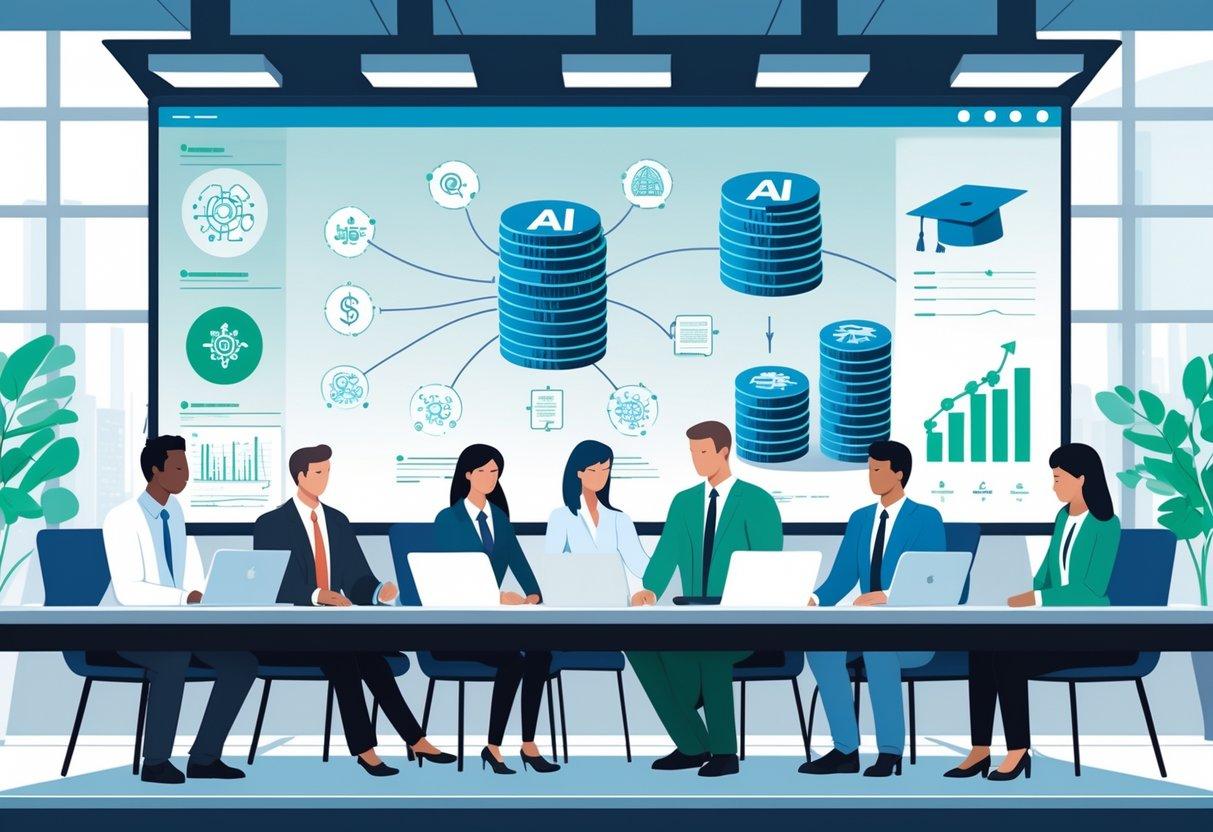Future-Proofing Education: Essential Strategies for Policymakers to Drive Success
In today’s rapidly evolving world, the education sector faces unprecedented challenges—and opportunities.As technological advances, globalization, and shifting workforce demands reshape society, policymakers must future-proof education to ensure that students thrive in a dynamic future. but what does it really mean to future-proof education, and which strategies can drive lasting success?
In this comprehensive guide, we explore essential strategies for policymakers, examine the benefits of proactive approaches, and offer actionable tips for building resilient educational systems capable of adapting to tomorrow’s needs.
Why Future-Proof Education Is Critical
The ability to adapt to change is no longer optional for educational systems. By future-proofing education,policymakers can:
- Equip students with future-ready skills such as digital literacy,problem-solving,and adaptability.
- Enhance educational equity by addressing diverse learning needs and reducing disparities.
- Drive economic growth by aligning curricula with the demands of the digital economy.
- Foster lifelong learning to ensure students and adults can upskill and reskill as industries evolve.
Key Strategies for Policymakers to Future-Proof Education
Policymakers play a vital role in shaping the future of education. Here are essential strategies to ensure education systems remain relevant and resilient:
1. Embrace Technological Integration
Digital conversion is reshaping every sector, including education. Policymakers should:
- Invest in digital infrastructure (broadband access,devices,platforms) for all schools.
- Encourage blended and online learning models to provide flexible, personalized education.
- Support professional development in edtech tools for teachers and administrators.
Exmaple: Estonia’s national digital strategy has enabled universal access to e-learning platforms, enhancing both student engagement and outcomes.
2. Prioritize STEAM and 21st-Century Skills
Incorporate science, Technology, Engineering, Arts, and Mathematics (STEAM) along with critical thinking and creativity:
- Update curricula to include coding, robotics, and design thinking from early grades.
- Work with industry partners to align educational outcomes with workforce needs.
- Promote problem-based learning and interdisciplinary projects.
Case Study: Singapore’s ‘Teach Less, Learn More’ initiative focuses on project-based and inquiry-driven learning, empowering students to excel in innovation-driven sectors.
3. Adopt Flexible and Inclusive Curriculum Models
Modern learners have diverse needs. Policymakers should:
- Create pathways for vocational,academic,and lifelong learning.
- Implement flexible graduation requirements to accommodate unique student interests.
- Ensure curricula are inclusive of marginalized and special needs groups.
Best Practice: Finland’s national curriculum emphasizes personalized learning, neurodiversity, and student choice, resulting in consistently high PISA scores.
4. Foster Global Citizenship and Social-Emotional Learning (SEL)
Developing responsible, empathetic global citizens is essential:
- Integrate global awareness and cross-cultural competencies into learning outcomes.
- Support mental health initiatives and SEL programs for all ages.
- Partner with international organizations for exchange programs and collaborative projects.
Example: The International Baccalaureate (IB) curriculum is designed to foster intercultural understanding and personal development.
5. Strengthen Data-Informed Decision Making
Leveraging data helps education systems adapt proactively:
- Implement learning analytics to tailor instruction and track progress.
- Use data to identify achievement gaps and allocate resources efficiently.
- Encourage transparency with open educational resources and stakeholder feedback.
Benefits of Future-Proofing Education
- Enhanced student engagement and outcomes through personalized, relevant learning experiences.
- Greater workforce alignment and smoother school-to-career transitions.
- Increased resilience to economic and technological disruptions.
- Reduction in achievement gaps and promotion of societal equity.
Practical Tips for Policymakers: Making Change Happen
Translating strategy into action requires focus and commitment. Here are practical steps:
- Engage educators and communities in policy development to foster buy-in.
- Provide ongoing professional development for teachers and school leaders.
- Prioritize universal access to digital tools to eliminate barriers.
- Monitor and evaluate progress regularly, using key performance indicators.
- Collaborate across sectors—government, private, and nonprofit—for holistic solutions.
Case Studies: Triumphant Future-Proofing Initiatives
1. South Korea’s Adaptive Learning Ecosystem
South korea integrates adaptive learning platforms, AI tutors, and e-textbooks in schools. By investing in teacher training and digital infrastructure, outcomes have improved, and students report higher engagement and satisfaction.
2. New Zealand’s Flexible Curriculum Framework
New Zealand offers personalized pathways and vocational education, allowing learners to build competencies aligned with future job markets while keeping core academic standards high.
First-Hand Experience: Educator insights
“When my district moved to blended learning models,student motivation and achievement soared. With consistent professional development and strong tech support, we can meet every learner where they are—and prepare them for the jobs of tomorrow.”
— Maria Jones, Principal, Texas
“Inclusive curriculum design and mental wellness programs have made a measurable difference in our students’ social-emotional growth, which is just as important as academic performance.”
— Michael Kim, Guidance Counselor, Chicago
Challenges to Consider
- Digital divide: Not all regions have equal access to technology.
- Teacher readiness: Training and support must keep pace with change.
- Stakeholder resistance: Building consensus is key.
- Funding limitations: Resource allocation must be strategic.
Conclusion: Shaping the Future Together
Future-proofing education isn’t a one-time initiative—it’s an ongoing commitment. by embracing technology, fostering inclusion, aligning education with the future workforce, and supporting holistic development, policymakers can drive transformative success. The journey requires collaboration, innovation, and the courage to adapt. With strategic leadership, we can ensure every learner is equipped for the challenges and opportunities ahead.
Are you ready to play your part in future-proofing education? Begin today by amplifying proven strategies—because the future starts now.

